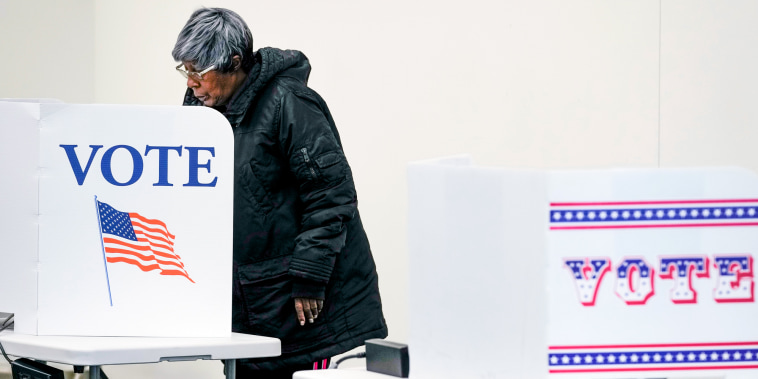Social Security Protections: Bridging the Gap Between Older Voters and Political Parties
The issue of Social Security protections has long been a focal point in American politics, particularly among older voters who rely on these benefits for their financial security in retirement. Recent polls have highlighted the importance of this issue for older voters, revealing a strong desire among this demographic for increased protections and support. Despite this, political parties appear to be evenly split in their level of support for Social Security protections, raising questions about the discrepancy between older voters’ preferences and the positions of the major parties.
One key aspect of the poll results is the overwhelming support for Social Security protections among older voters. The data show that a large majority of older Americans, regardless of their political affiliation, are in favor of measures to strengthen and expand Social Security benefits. This widespread support can be attributed to the critical role that Social Security plays in the lives of older individuals, providing a vital safety net for millions of retirees and disabled Americans.
The polls also reveal a notable gap between older voters’ preferences and the positions of political parties on Social Security. Despite the strong support among older voters, both major parties are closely tied in terms of their backing for Social Security protections. This raises concerns about the disconnect between the priorities of older voters and the policy agenda of political parties, highlighting the need for a more concerted effort to bridge this gap and address the concerns of this crucial demographic.
One potential explanation for this discrepancy is the complex nature of Social Security policy and the challenges associated with making significant changes to the program. Both parties may be hesitant to take bold steps to expand Social Security benefits or increase funding for the program due to concerns about the fiscal implications and political feasibility of such measures. As a result, older voters may feel frustrated by the lack of concrete action on this issue, despite their overwhelming support for stronger protections.
Moving forward, it will be important for political parties to listen to the voices of older voters and prioritize policies that address their concerns regarding Social Security protections. By engaging in meaningful dialogue with this demographic and working to find common ground on this critical issue, parties can demonstrate their commitment to representing the interests of all Americans, regardless of age or political affiliation.
In conclusion, the polls indicating strong support for Social Security protections among older voters underscore the importance of addressing this issue in American politics. As both parties navigate the complex landscape of Social Security policy, it will be crucial for them to consider the preferences and needs of older Americans in order to build a more inclusive and equitable system of social insurance for future generations. By bridging the gap between older voters and political parties on Social Security protections, policymakers can demonstrate their commitment to promoting economic security and well-being for all Americans.

